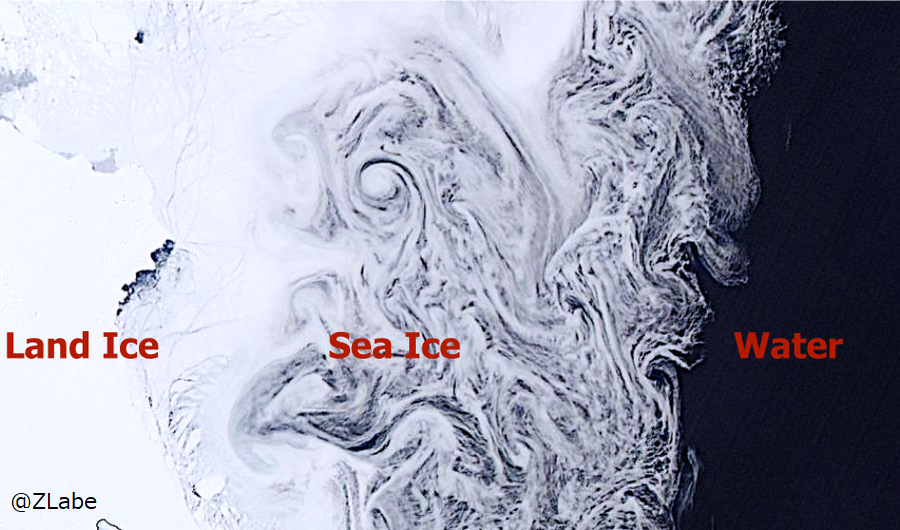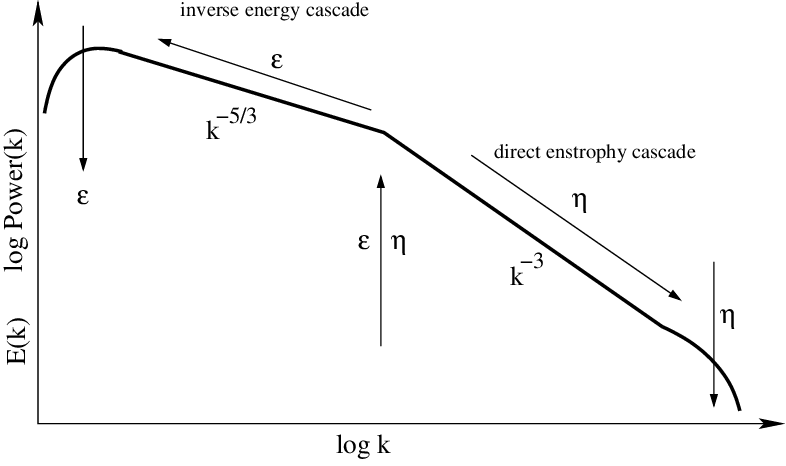Ocean turbulence ー understanding the behavior of geophysical fluids
Ocean mixing refers to the process where different water masses within the ocean mix. Unlike the smooth flow of a river, the ocean is filled with turbulence, including vortices, making ocean mixing crucial for the distribution of heat and materials, climate systems, and ecosystems. Particularly, the meso-scale vortices (horizontal scales of tens to hundreds of kilometers) influenced by the Coriolis force due to Earth's rotation and the mixing caused by internal gravity waves generated by wind and tides are fundamentally important for the dynamics of the Southern Ocean. These vortices tend to move neutrally according to the density structure determined by the ocean's temperature, salinity, and pressure distribution.

Despite its importance, ocean mixing is a chaotic and complex process that is difficult to model and predict. Especially in polar oceans, the presence of phase changes from water to ice, and the boundary processes between sea ice and ice shelves add to the complexity. On the other hand, ocean turbulence sometimes presents unexpectedly organized patterns, which is one of the intriguing aspects of ocean dynamics.

Graham and Ringler (2012)
One such example is the phenomenon known as "inverse cascade." An inverse cascade refers to the process where small vortices gradually gather and grow into larger vortices. Typically, in fluids, energy is transferred from larger to smaller vortices, eventually dissipating as heat at the molecular level in a process called "cascade." Inverse cascade is a process where energy in the ocean starts from small vortices, which then gradually come together to form larger vortices. This can impact large-scale ocean currents and climate systems. For instance, when large vortices or jets form, they can persist for long periods, altering the surface temperature and salinity of the ocean. One reason this phenomenon occurs is the conservation of energy during vortex formation influenced by Earth's rotation.

Textbooks widely used in geophysical fluid dynamics
Geophysical fluid dynamics, which considers the behavior of fluids under the influences of "rotation" and "stratification," has been developed to describe the dynamics of the atmosphere and oceans on Earth and other planets. Based on the equations of geophysical fluid dynamics (conservation laws, equation of motion, equation of state), we construct numerical simulations and use field ocean observations and satellite observations as initial and boundary conditions to better understand ocean mixing, resulting climate change, and ice melt. Below👇 is the output of a super high-resolution numerical simulation of the Antarctic coastal region.
Related studies
- Yamazaki, K., Aoki, S., & Mizobata, K. (2023). Diffusion of Circumpolar Deep Water towards Antarctica. Journal of Geophysical Research: Oceans, 128(2), e2022JC019422.
- Katsumata, K., & Yamazaki, K. (2023). Diapycnal and isopycnal mixing along the continental rise in the Australian–Antarctic Basin. Progress in Oceanography, 211, 102979.